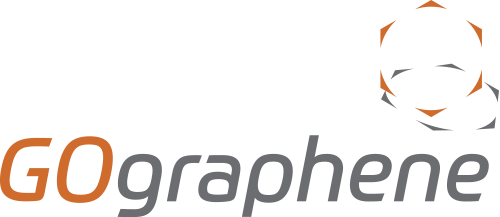Electronically Controlled Graphene Oxide Membranes
The control of water permeation rates though membranes is an important factor in the water purification industry as well as in the medical field. Members of the National Graphene Institute have recently published an article in Nature outlining a membrane primarily consisting of graphene oxide with electronically controlled permeation. The researchers installed conductive filaments into the graphene oxide membranes which was prepared onto a porous silver substrate. Graphene oxide is an insulating material, so a gold thin film (10 nm) was deposited onto the surface to provide the conductivity. Layers of graphene oxide then create channels in which the water can pass. Between the layers of graphene oxide, the water molecules become ionised through the application of current in the gold thin film which then repels the flow of water through the membrane. The team identified a correlation between the applied current, rather than voltage, with permeation rate as the voltage required to maintain the current varied. By utilising this information, the level of permeation was able to be varied through control of the applied current, from ‘ultrafast’ to complete blockage.
This application is just one of many studied by academic groups to utilise the unique properties of graphene oxide and highlights the importance that graphene and graphene oxide materials will have on technology in the near future. If you have any enquiries about the applications of graphene oxide or how it can improve your existing applications, please get in touch and one of the GOgraphene team will be happy to help.
Nature, 2018, 559, 236-240
